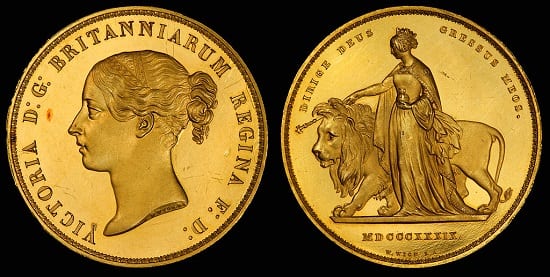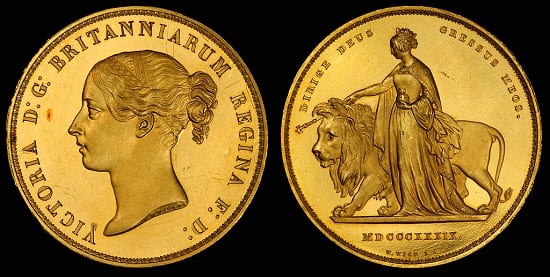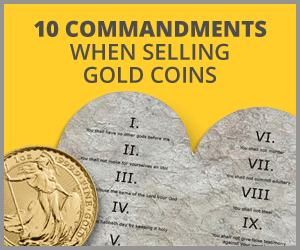Blog
How Many Types of Gold Coins Are There?
Types of gold coins
Gold coins have always been attractive to investors due to the flexibility owning them brings. Gold bars, or ingots, as they are sometimes known are mainly attractive to investors due to their lower production costs. However, coins enjoy dual interest from collectors and investors alike. They add divisibility to any investment portfolio.
When selling your gold into the secondary market, a gold bar gives you that one chance to sell. Coins allow you to drip-feed your gold at various price points and also gives you the flexibility of selling the exact amount you require. Since coins made from gold have been around for thousands of years, there is a vast and wide variety available in the market.
The incredible diversity of gold coins
There are thousands of types of gold coins in existence, made from all corners of the globe. Coin sizes can vary from tiny tenth-ounce coins and quarter Sovereigns (containing less than 2g of gold) up to 1oz gold coins (31.1g) and the larger quintuple Sovereign (36.6g).
Finishes are commonly either bullion finish, brilliant uncirculated or the most expensive finish – proof. Brand new bullion coins are worth lesser per gram than more historical coins which can trade at substantial premiums over their gold weight due to scarcity and collectability.
If you were to take Sovereigns as an example, 

The iconic British guineas
The guinea
Yet another historic quarter ounce British coin was the guinea. It was the first English coin that was machine produced and was struck between the years 1663 and 1814. The gold used to make this coin was brought in from West Africa and mined in a region called the guinea, hence its name.
The five guinea
The five guinea is an old British coin that was around between the years 1668 and 1753. It weighed around 42g and was produced with a diameter of around 37 mm.
The half guinea
The half guinea was introduced in 1669 and remained in circulation for two centuries. It was withdrawn during the great re-coinage of 1816.
The third guinea
George III introduced yet another guinea coin called the third guinea, which was in circulation only during his reign. It had a value of seven shillings and derived its name from being one third the value of a full guinea, which was then equivalent to 21 shillings.


The two guineas
The coin was first minted in 1664 and had a face value of 40 shillings. It also carried the famous elephant and Castle symbol.
So, we can see the variety and diversity of one British gold coin alone. There are many famous ones like Una and the Lion, the gold Britannia and the 2-pound coin, which was discontinued in 1996. The Royal Mint has also issued a variety of recent gold coins like the Queens Beasts series and the Lunar series, based on the Chinese zodiac. It is important to note that there are several gold coins issued from the British colonial territories across the world.
Worldwide issues
We have only covered some of the important UK coins above. Similarly, there are coins all over the world like the Gold Krugerrand and the Canadian Maple leaf. Gold was used by many nations as a popular metal for coinage. So, there are literally thousands to choose from with different weights and dimensions.
Contact Physical Gold to learn more
An easy and effective way to build your coin collection is to simply give us a call. Our researchers include experienced numismatists who can tell you all you need to know about different gold coins and how to add them to your collection. Simply call us on (020) 7060 9992 or contact us through our website
Image credit: Wikimedia Commons



